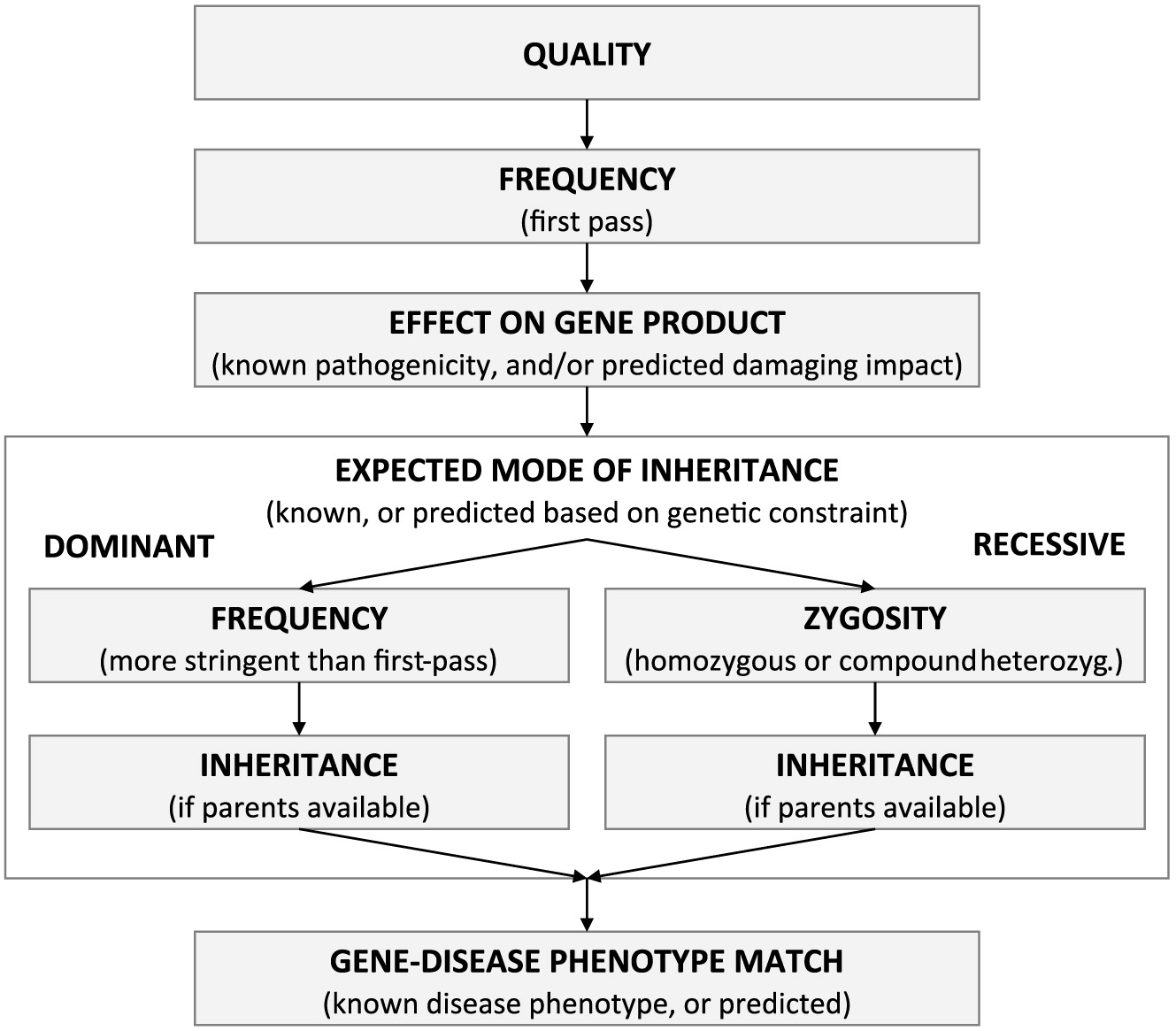Kundaje A., Meuleman W., Ernst J., Bilenky M., Yen A., Heravi-Moussavi A., Kheradpour P., Zhang Z., Wang J., Ziller M.J., Amin V., Whitaker J.W., Schultz M.D., Ward L.D., Sarkar A., Quon G., Sandstrom R.S., Eaton M.L., Wu Y.-C., Pfenning A., Wang X., ClaussnitzerYaping Liu M., Coarfa C., Alan Harris R., Shoresh N., Epstein C.B., Gjoneska E., Leung D., Xie W., David Hawkins R., Lister R., Hong C., Gascard P., Mungall A.J., Moore R., Chuah E., Tam A., Canfield T.K., Scott Hansen R., Kaul R., Sabo P.J., Bansal M.S., Carles A., Dixon J.R., Farh K.-H., Feizi S., Karlic R., Kim A.-R., Kulkarni A., Li D., Lowdon R., Elliott G., Mercer T.R., Neph S.J., Onuchic V., Polak P., Rajagopal N., Ray P., Sallari R.C., Siebenthall K.T., Sinnott-Armstrong N.A., Stevens M., Thurman R.E., Wu J., Zhang B., Zhou X., Abdennur N., Adli M., Akerman M., Barrera L., Antosiewicz-Bourget J., Ballinger T., Barnes M.J., Bates D., Bell R.J.A., Bennett D.A., Bianco K., Bock C., Boyle P., Brinchmann J., Caballero-Campo P., Camahort R., Carrasco-Alfonso M.J., Charnecki T., Chen H., Chen Z., Cheng J.B., Cho S., Chu A., Chung W.-Y., Cowan C., Athena Deng Q., Deshpande V., Diegel M., Ding B., Durham T., Echipare L., Edsall L., Flowers D., Genbacev-Krtolica O., Gifford C., Gillespie S., Giste E., Glass I.A., Gnirke A., Gormley M., Gu H., Gu J., Hafler D.A., Hangauer M.J., Hariharan M., Hatan M., Haugen E., He Y., Heimfeld S., Herlofsen S., Hou Z., Humbert R., Issner R., Jackson A.R., Jia H., Jiang P., Johnson A.K., Kadlecek T., Kamoh B., Kapidzic M., Kent J., Kim A., Kleinewietfeld M., Klugman S., Krishnan J., Kuan S., Kutyavin T., Lee A.-Y., Lee K., Li J., Li N., Li Y., Ligon K.L., Lin S., Lin Y., Liu J., Liu Y., Luckey C.J., Ma Y.P., Maire C., Marson A., Mattick J.S., Mayo M., McMaster M., Metsky H., Mikkelsen T., Miller D., Miri M., Mukame E., Nagarajan R.P., Neri F., Nery J., Nguyen T., O’Geen H., Paithankar S., Papayannopoulou T., Pelizzola M., Plettner P., Propson N.E., Raghuraman S., Raney B.J., Raubitschek A., Reynolds A.P., Richards H., Riehle K., Rinaudo P., Robinson J.F., Rockweiler N.B., Rosen E., Rynes E., Schein J., Sears R., Sejnowski T., Shafer A., Shen L., Shoemaker R., Sigaroudinia M., Slukvin I., Stehling-Sun S., Stewart R., Subramanian S.L., Suknuntha K., Swanson S., Tian S., Tilden H., Tsai L., Urich M., Vaughn I., Vierstra J., Vong S., Wagner U., Wang H., Wang T., Wang Y., Weiss A., Whitton H., Wildberg A., Witt H., Won K.-J., Xie M., Xing X., Xu I., Xuan Z., Ye Z., Yen C.-a., Yu P., Zhang X., Zhang X., Zhao J., Zhou Y., Zhu J., Zhu Y., Ziegler S., Beaudet A.E., Boyer L.A., De Jager P.L., Farnham P.J., Fisher S.J., Haussler D., Jones S.J.M., Li W., Marra M.A., McManus M.T., Sunyaev S., Thomson J.A., Tlsty T.D., Tsai L.-H., Wang W., Waterland R.A., Zhang M.Q., Chadwick L.H., Bernstein B.E., Costello J.F., Ecker J.R., Hirst M., Meissner A., Milosavljevic A., Ren B., Stamatoyannopoulos J.A., Wang T., Kellis M., Kundaje A., Meuleman W., Ernst J., Bilenky M., Yen A., Heravi-Moussavi A., Kheradpour P., Zhang Z., Wang J., Ziller M.J., Amin V., Whitaker J.W., Schultz M.D., Ward L.D., Sarkar A., Quon G., Sandstrom R.S., Eaton M.L., Wu Y.-C., Pfenning A.R., Wang X., Claussnitzer M., Liu Y., Coarfa C., Harris R.A., Shoresh N., Epstein C.B., Gjoneska E., Leung D., Xie W., Hawkins R.D., Lister R., Hong C., Gascard P., Mungall A.J., Moore R., Chuah E., Tam A., Canfield T.K., Hansen R.S., Kaul R., Sabo P.J., Bansal M.S., Carles A., Dixon J.R., Farh K.-H., Feizi S., Karlic R., Kim A.-R., Kulkarni A., Li D., Lowdon R., Elliott G., Mercer T.R., Neph S.J., Onuchic V., Polak P., Rajagopal N., Ray P., Sallari R.C., Siebenthall K.T., Sinnott-Armstrong N.A., Stevens M., Thurman R.E., Wu J., Zhang B., Zhou X., Beaudet A.E., Boyer L.A., De Jager P.L., Farnham P.J., Fisher S.J., Haussler D., Jones S.J.M., Li W., Marra M.A., McManus M.T., Sunyaev S., Thomson J.A., Tlsty T.D., Tsai L.-H., Wang W., Waterland R.A., Zhang M.Q., Chadwick L.H., Bernstein B.E., Costello J.F., Ecker J.R., Hirst M., Meissner A., Milosavljevic A., Ren B., Stamatoyannopoulos J.A., Wang T., and Kellis M.2015. Integrative analysis of 111 reference human epigenomes. Nature.518(7539):317–330.




